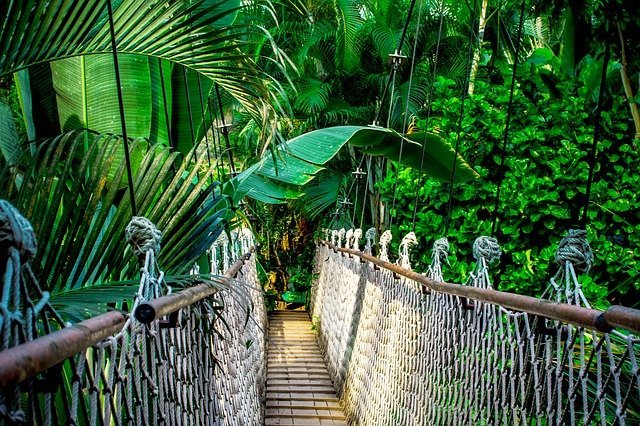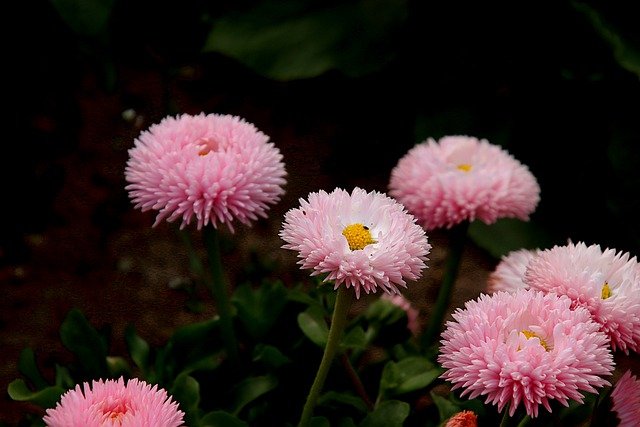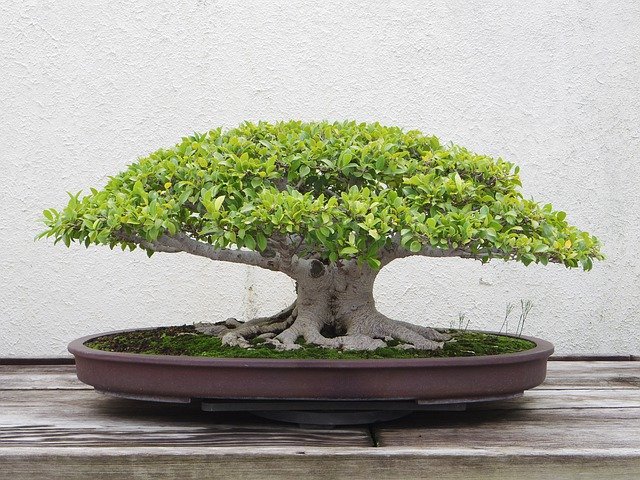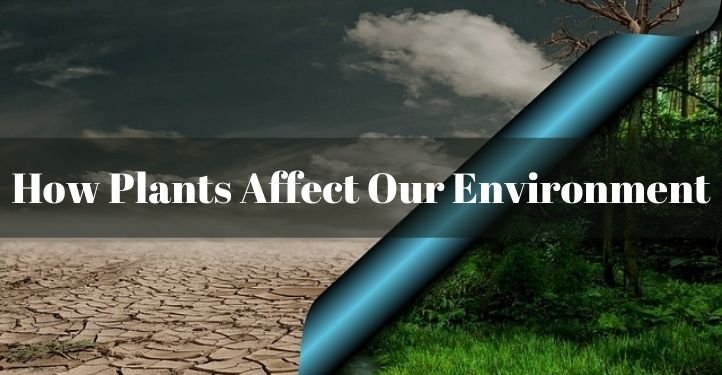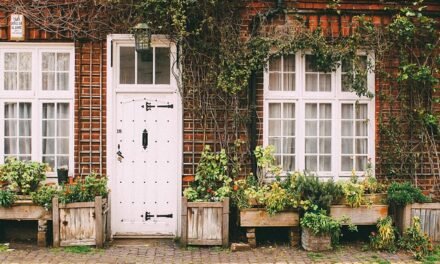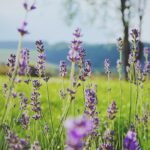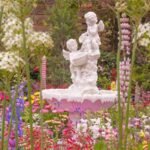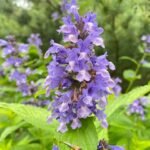Forest plants are, without a doubt, one of the most magnificent creatures on Earth. Forests can have a variety of ecosystems in which different types of forest plants survive and help multiple other species flourish in their vicinity.
Fun Fact: Did you know forests cover 30% of the surface of Earth? And there are almost 3 trillion(!) forest plants and trees in it. Unbelievable, isn’t it?
Importance of forest plants
Forest plants are crucial for the survival of all lifeforms. With their wide range of types and adaptability, they provide oxygen everywhere in the environment. Forest plants hold the top layer of soil, which prevents soil erosion and helps in the growth of vegetative crops.
Not only this, but plants that grow in the forest also influence the climate and atmosphere of their specific environment.
Therefore, there is no denying that without forest plants, every living being (including us, who take nature for granted) will be doomed.
Types of forest plants
There are broadly 3 forest types in which the forests all over the world are divided. The same categorical division applies to forest plants too.
The 3 main types of forest plants are
- Temperate forest plants
- Tropical forest plants
- Boreal forest plants
There are also many subcategories of forest plants, which we will elaborate on along the way.
Tip of the Day: If you want to mimic woodlands, go for Japanese forest grass (Hakone grass) to plant in your garden that is a tough perennial and requires minimal care. The best Japanese forest grass companion plants are those that contrast well with the bright golden-green color of the former.
Some names of Japanese forest grass companion plants are: Hellebores, Astilbes, hardy geraniums, Aquilegia and foliage plants such as Lady’s Mantle, Coral Bells, etc.
Temperate forest plants
Temperate deciduous forest plants
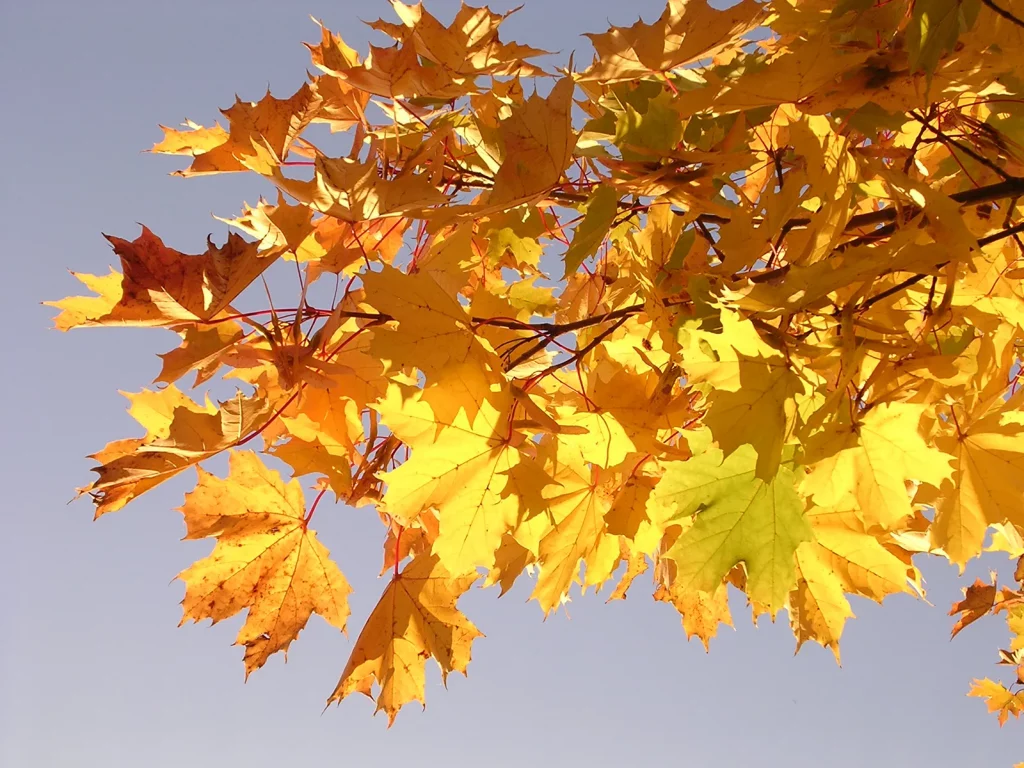
You must have seen deciduous forests in abundance in Europe. They are also present in the U.S., Canada, China, and Japan.
Plants that live in the deciduous forest are generally broad-leafed and bear flowers (or sometimes fruits) through which they spread seeds.
Note: There is one specific characteristic of most of the deciduous plants – they drop their leaves in the cold season. There are very few evergreen deciduous plants on this planet!
Plants that live in the deciduous forest occur at 3 levels, with trees making the highest level. They experience 4 distinct seasons and stay dormant in winter while blooming only in spring. It’s quite a picturesque sight to see!
They also receive 30 to 60 inches of rainfall every year. You can imagine how fertile the land would be if it receives this amount of rainfall.
The common forest plants that occur in this region are mostly trees such as
- Maple
- Oak
- Birch
- Magnolia
- Sweetgum
- Beech
- Walnut tree
- Lime tree
Fun Fact: Lime trees are associated with womanliness in Greek mythology. They are regarded as Aphrodite’s favorite tree!
The mid-level of plants that occur on deciduous forests are shrubs while the forest floor is covered with
- Lichens
- Moss
- Ferns and other small plants
It’s quite compact there!
Temperate coniferous forest plants
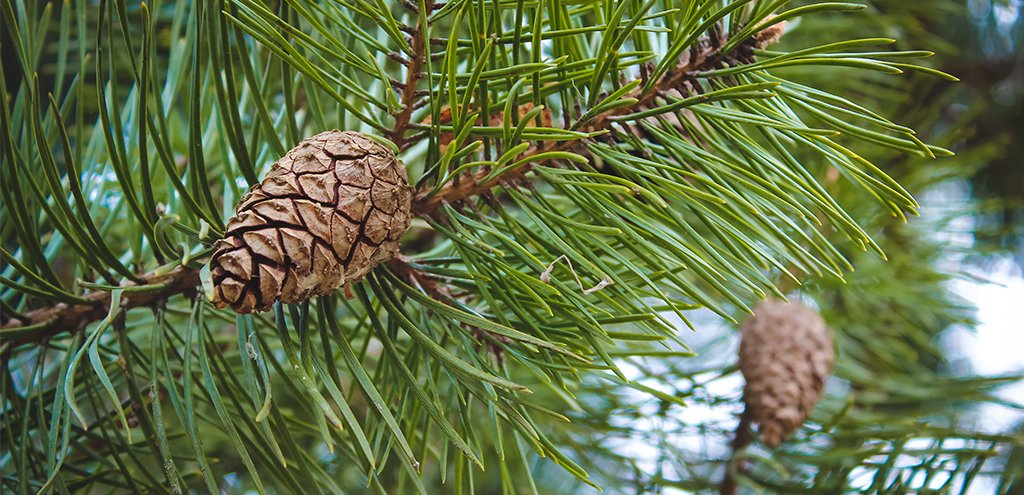
Have you ever wondered how you can buy green trees on Christmas in December? How come their leaves don’t turn orange and brown and fall just like other trees?
This is because the coniferous forest plants are evergreen.
They have needle-like leaves and grow cones instead of flowers to spread their seeds (thus they are named conifers)
Temperate coniferous forests plants are available along the coastal regions all around the world
Did you know?:
Temperate coniferous forests sustain the highest level of biomass in all ecosystems! The trees that grow there have massive structures. You would be stunned if you ever visited one!
Such forest plants grow in areas that have long winter seasons and receive moderate rainfall annually.
Considering the layers of vegetation, they are primarily
- Overstory, consisting of forest plants that are predominantly trees
- Understory, consisting of grasses, ferns, and fobs
The forest plants that occur in the overstory range are quite less in comparison to deciduous forests. With only 600 variations, the growth of each coniferous forest plant is slow and steady.
Can you imagine how hard it is to support their gigantic structures in low-level soil? Yet, these trees do it so gracefully! They survive in harsh conditions and low nutrients without shedding their leaves at all!
Some of these forest plants are
- Pines
- Spruce
- Firs
- Cedars
- Junipers
- Hemlocks
- Larches
- Yews
- Cypress
Redwood forest plants

Redwood forest plants are monoecious trees that live to a very long age i.e. 1200 to 2200 years approximately.
They usually grow on mountains or valleys and receive precipitation in the form of consistent moisture or fog.
(The view of overwhelming mist among giant trees is so serene that you will be left speechless by it! )
Did you know?: Redwood forest plants are the tallest trees in the world! With 115.5 meters of height, excluding the roots, these gigantic trees surpass the length of any other tree on Earth.
These forest plants usually occur along the coastal regions of California and the southwest corner of Oregon in the U.S.
Note: Redwood trees are one of the few oldest living species on Earth.
The common forest plants that occur in this region are:
- Douglas fir
- Pine
- Tanoak
- Western hemlock
- California bay
- Pacific Madrone
On the other hand, the forest floor harnesses multiple other species such as
- Ferns
- Mushrooms
- Mosses, liverworts, and hornworts
- Redwood sorrel
Boreal forest plants
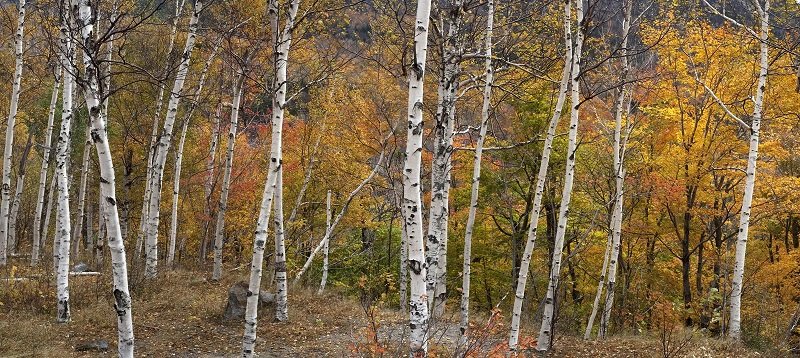
Boreal forests belong to the subcategory of coniferous forests. Therefore, the boreal forest plants are more or less the same as forest plants of the coniferous region.
Boreal forests are, however, present in a much colder region than temperate coniferous forests.
You can consider boreal forests to be sandwiched between temperate forests and tundra(treeless desert). There are many overlapping regions between temperate forests and boreal forests.
Note: Boreal forests are also known as taiga. It is Russian terminology for “land of little sticks“, which is a reference to the forest plants in Siberia.
The canopy of the boreal region is thick and dense, hence little light passes through and few understory plants survive. Some forest plants also bloom in summer and spring here.
The forest plants list of this category is:
- Fir
- Maple
- Birch
- Spruce
- Pine
- Poplar
- Aspen
- Mountain ash
- White cedar
- Hemlock
The boreal forest also has shrubs, lichens, ferns, mosses, graminoids, and a variety of forbs in it.
Tropical forest plants
Tropical rainforest plants
Despite constituting only 8 percent of the forest land, tropical rainforests house almost half of the total number of plants and animals present on this planet! The flora of tropical rainforests is so diverse that there is still a multitude of species that have not been identified.
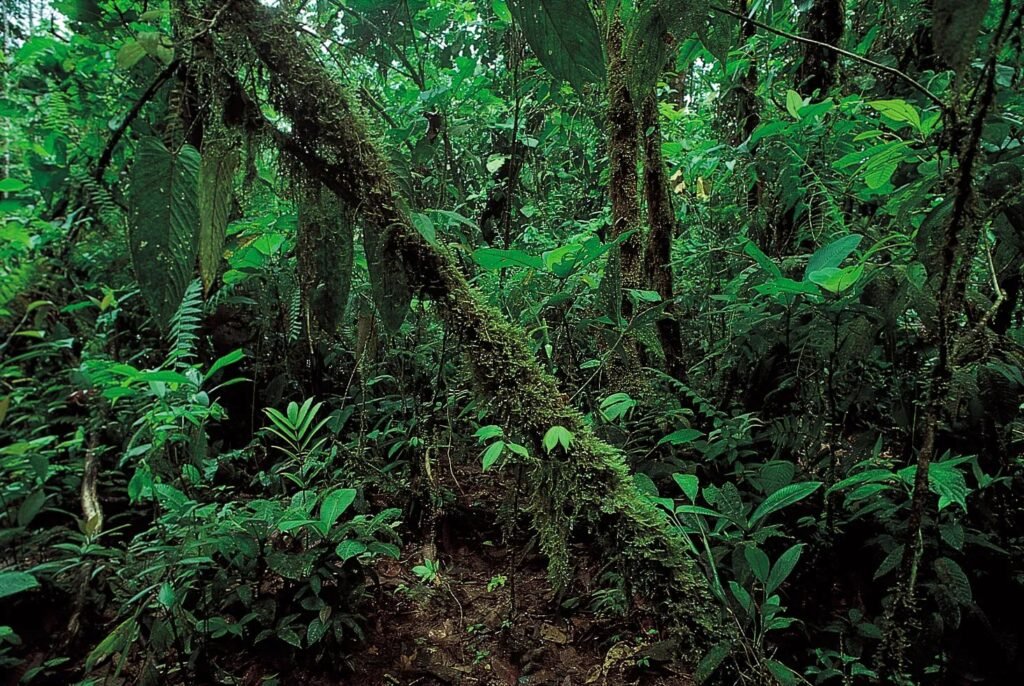
These forest plants have access to precipitation all year long. They live in warm, humid conditions and have to compete for light.
Note: Tropical rainforests receive ≥ 1750 mm of rainfall every year, therefore the forest plants here have leaves shaped as ‘drip tips’ so that water droplets don’t weigh the leaves down.
Whether you consider Amazon(the largest rainforest on Earth) or anywhere else, the most common types of tropical rainforest plants are evergreen trees (they make up two-thirds of the population!). They reach up to 200 ft. in height. Palm trees are considered the iconic symbol of tropical rainforest plants.
Fun Fact: Some forest plants have adapted to the tropical rainforest environment by producing air roots and growing on the bark of trees rather than on the forest floor!
Some of the species included in this forest plant list are:
- Coconut trees
- Epiphytes
- Lianas (rattan vine)
- Orchids
- Philodendrons
- Ferns
- Bromeliads
- Kapok Trees
- Banana Trees
- Rubber Trees
- Bamboo Trees
- Cassava Trees
- Avocado Trees
Tropical dry forest plants
Tropical dry forests are a diverse biome found in Central and South America, Asia, Africa, and Australia. They have warm to hot temperatures and receive 800 mm or more rainfall every year (the rainless periods extending to several months.)
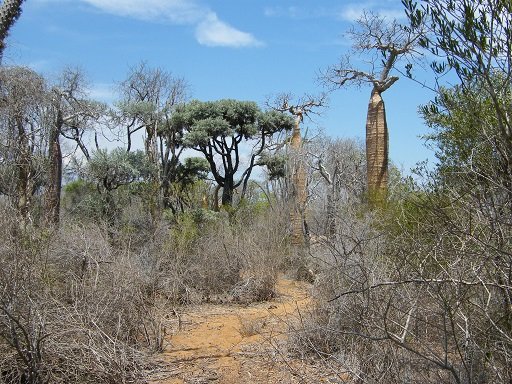
This is why tropical dry forest plants have adapted to this drought-like environment by conserving water in every way they can!
The adaptations consist of storing water in the body tissue, either producing no leaves at all or giving rise to small leaves which they shed in the dry season and the development of spiny and thorny structures.
Note: Since evapotranspiration exceeds precipitation, the forest plants such as trees here have less canopy (10 to 30 m) than the alternatives. This gives rise to the thicker growth of forest plants on the floor due to ample light penetration.
Drought-resistant epiphytes are the most commonly occurring forest plant here. Most of the evergreen trees of the rainforest also become deciduous in this region. Some examples of tropical dry forest plants are:
- Orchids and bromeliads (drought resistant)
- Acacia trees
- Columnar cacti
- Ceiba trees
- Baobab trees
- Agave plants
- Lichens and mosses
Tropical seasonal forest plants
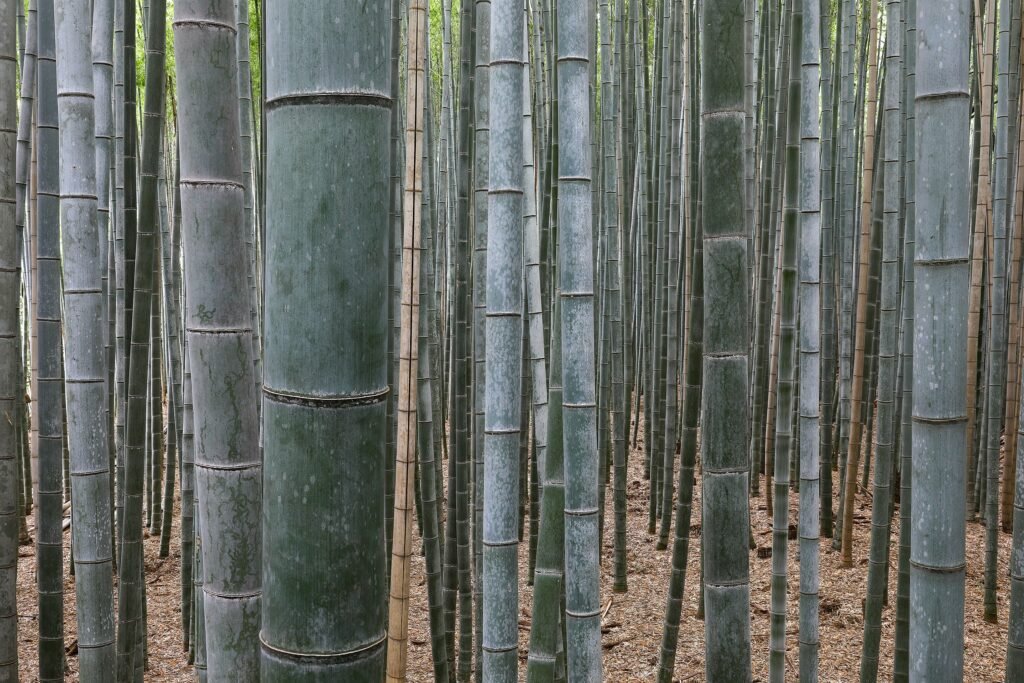
Tropical seasonal forests are lowland tropical forests that receive almost 1600 mm of rainfall every year but have 3 to 4 months of the rainless dry period. Such forests are found in most of Mexico, India and Southeast Asia, Southern and Central Africa.
The forest plants here are not as diverse as rainforests, however, all of them have adapted to the dry spell that is cast for a short period.
Some of the tropical seasonal forest plants are:
- Sal tree
- Teak tree
- Bamboo tree
- Myrobalan tree
- Lianas(woody vines)
- Epiphytes

